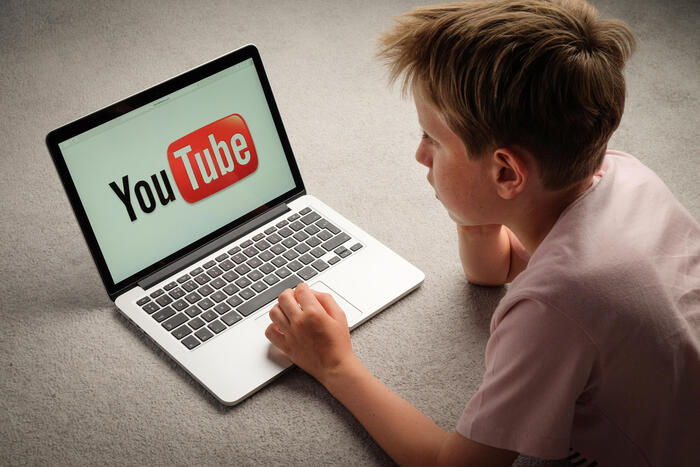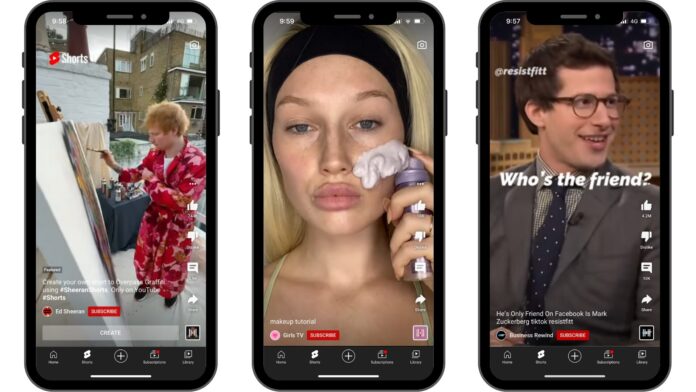The rise of platforms like TikTok, YouTube Shorts, and Instagram Reels, with their 60-second-and-under videos, has revolutionized the way we consume entertainment and use the internet. Short videos have us glued to our screens, captivating our time and attention. But what are the reasons behind this trend? And how are short videos impacting our lives?

The Rise of the Attention Economy and the Dopamine Chase
In today’s world, our attention has become a more valuable commodity than ever. Ads, social media notifications, and an endless stream of content are constantly vying for our attention. Short videos fit perfectly into this “attention economy,” providing a high level of engagement and interest with minimal effort.
Short videos have a powerful effect on our brain’s reward system. Each new video triggers a dopamine release, making us crave more. This dopamine cycle is strong enough to keep users hooked on these platforms for hours.
Easy Consumption, Instant Gratification, and FOMO
Short videos make it easy to learn about complex topics and ideas in a concise and digestible way. This makes them an ideal source of entertainment and information for our fast-paced modern lifestyles.

Fear of Missing Out (FOMO): Short videos keep us hooked by triggering our “Fear of Missing Out” (FOMO). New content is constantly being produced and consumed, and we’re afraid of missing out on something if we look away.
The Negative Impacts of Short Videos: Attention and Focus Disorders
The instant gratification and easy consumption offered by short videos can lead to problems like attention deficit, lack of concentration, and impatience. Additionally, the algorithms of these platforms can direct users towards specific types of content, contributing to filter bubbles and the formation of biases.
In the past, learning something or finding entertainment required hours of reading books, watching movies, or playing games. This fostered the development of skills like patience, discipline, and focus. However, today, even 60-second videos struggle to hold people’s attention. Our brains are constantly bombarded with new and short content, weakening our ability to focus for extended periods.
This is why we struggle to focus on our studies or work when we put away short videos. We’ve become accustomed to focusing for a maximum of 60 seconds at a time. This applies not only to studying or working but also to many other areas like reading books, having conversations, or deep thinking.

Conclusion:
While short videos offer many advantages for entertainment and learning, excessive consumption can have negative consequences. When using these platforms, it’s crucial to be mindful, control how we spend our time, and be aware of the content we consume.
Additional Recommendations:
- Set daily or weekly time limits for short videos.
- Explore different content types and platforms to break free from filter bubbles.
- If you’re experiencing attention deficit or concentration problems, try a digital detox.
- Engage in alternative activities like reading books, listening to podcasts, or spending time in nature instead of watching short videos.
Short videos have become an undeniable part of our modern world. By using these platforms responsibly and consciously, we can continue to enjoy them while also nurturing our personal growth.
Note: In addition to this news article, you can also discuss the impact of short videos on children and adolescents.
I hope these additions are useful. Please let me know if you have any other questions.

